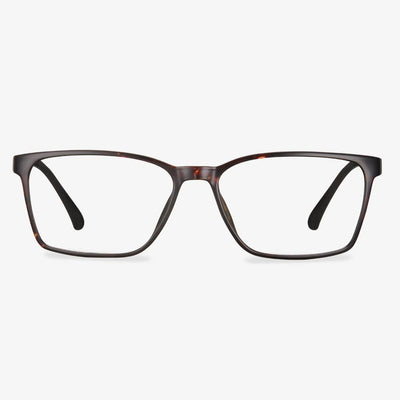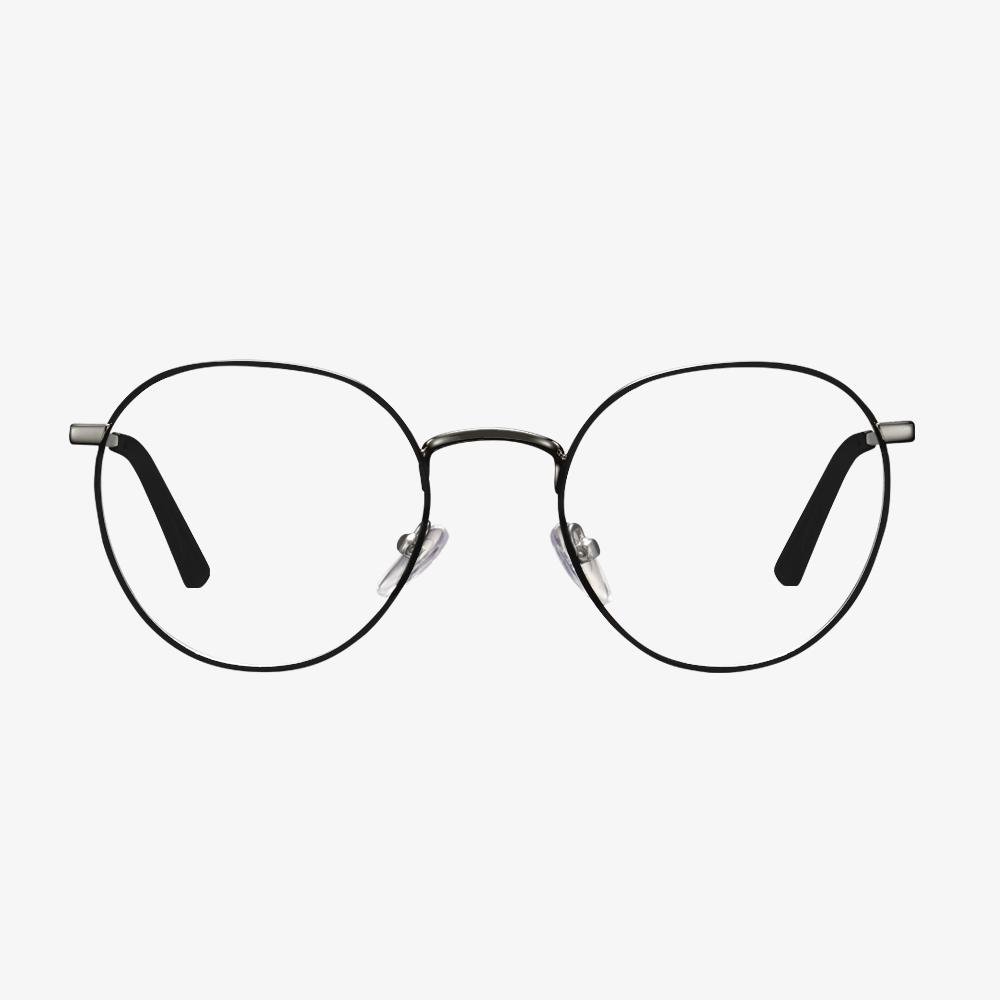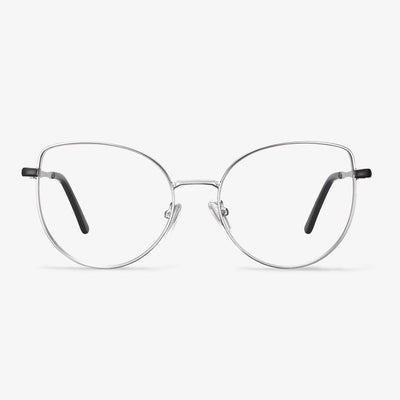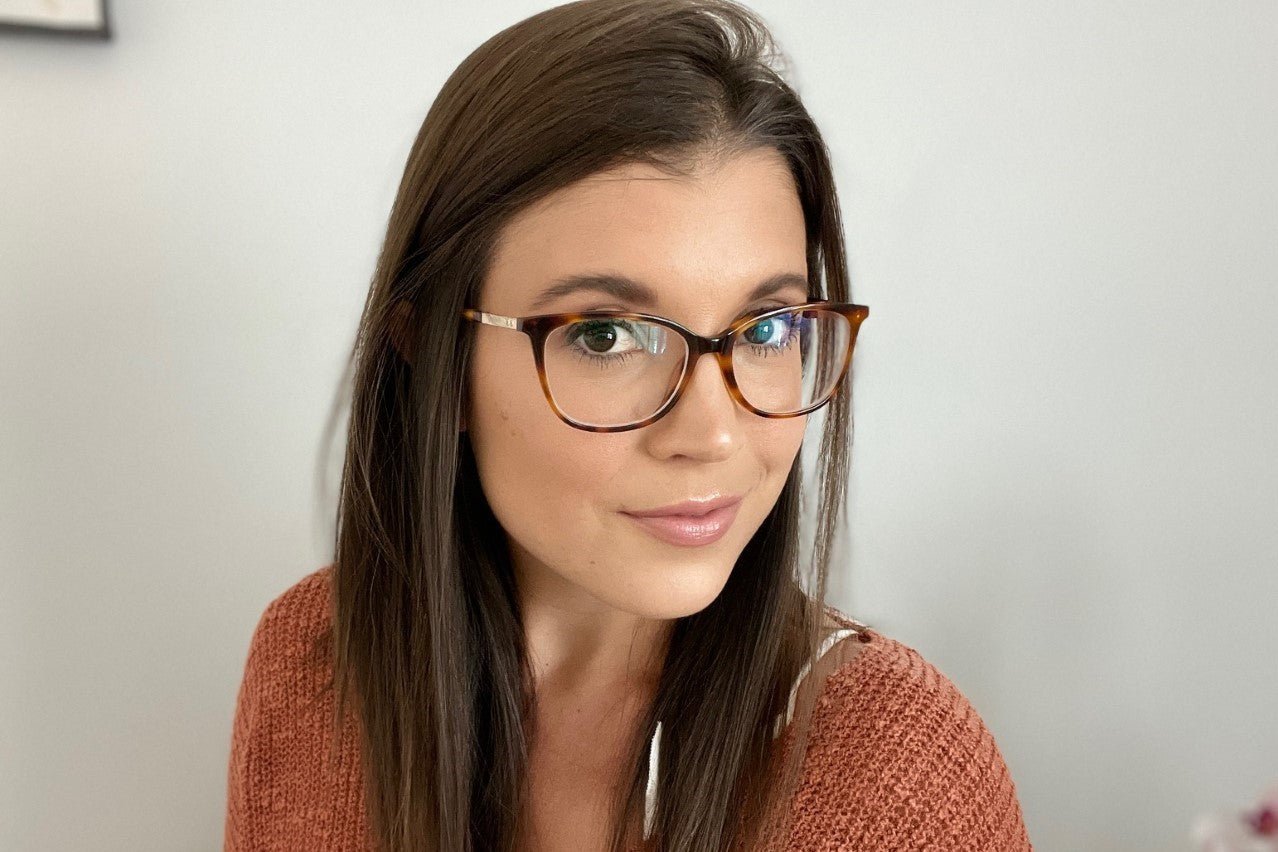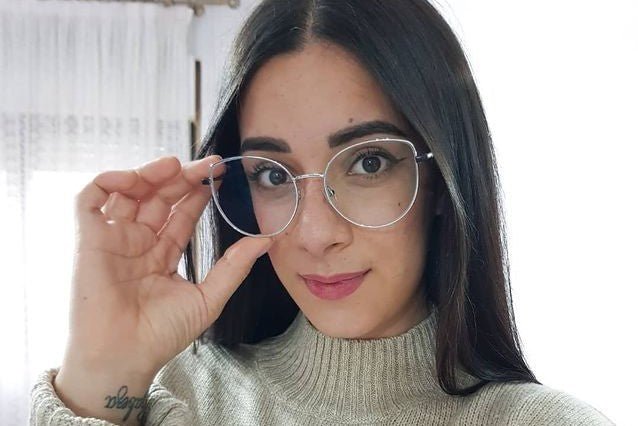Anti Fog Safety Glasses - Safety Goggles Over Glasses
Anti-fogging safety glasses reduce deformation, effectively prevent fogging, and avoid fogging which affects vision in use. The angle of the goggles can be adjusted in accordance with the different foreheads (30 degrees). They can use a variety of large-size myopia goggles, safety glasses. It can effectively protect eyes from saliva, sand, metal fragments, and so on.
Agstum Titanium Rimless Flexible Frame
AGSTUM provides the best quality optical frames and sunglasses. Hand-ground materials and carefully designed to reflect that AGSTUM glasses have the true interpretation of excellent texture and perfect taste, showing a distinctive, outstanding, elegant, and noble temperament.
AGSTUM is committed to providing the highest standards of customer service to every customer. You can frame the lenses at your local optical shop. These frames come with clear lenses that won't hurt your eyes.
h3>Types of Colorblind Glasses
Colorblind glasses come in different tints based on the type and severity of color blindness you have. If you have some eye conditions such as short sightedness or long sightedness, you may need a pair of prescription colorblind glasses. If you do not have other vision problems, you may just need a pair of non-prescription colorblind glasses. And the non-prescription colorblind glasses are cheap than the prescription ones.
Go to a regular hospital to check your eyes
On the surface, pseudo-myopia is the same as true myopia, that is, looking far away is blurred and near looking clearly. But looking at the essence through the phenomenon, the difference between the two is obvious. The so-called pseudo-myopia is due to frequent incorrect use of the eyes. The ciliary muscles continue to contract and spasm, and they cannot get the rest. And the crystals are also in a state of thickening. In this way, the parallel light from the outside enters the eye, and after the thickened lens chamber is flexed, the focus falls to the front of the retina, and it is naturally unclear to look at things in the distance. During this period, the eyeball has no organic changes. If you can take proper rest and treatment, pay attention to eye hygiene, use your eyes reasonably, and hope to restore normal vision. However, if the false myopia is not corrected and treated in time, it will develop into true myopia over time. There are many ways to treat pseudomyopia, mainly relaxation and adjustment, such as application of cycloplegia, acupuncture, physical therapy, improving the learning environment, paying attention to eye hygiene, and doing eye exercises. If you suspect false myopia, you should go to the hospital for an eye examination as soon as possible.
Heart-shaped face with angular glasses
The heart-shaped face is also a common face shape in daily life. This face shape is somewhat similar to the inverted triangle face shape. Generally, the chin is a relatively sharp face shape. For this type of face, the most important thing is to modify the cheekbones above the nose to highlight the slenderness of the chin. Therefore, it is better to wear a pair of angular glasses, which can effectively modify the facial lines and look more perfect.
How to know your face shape to choose glasses?
To determine your face shape and spectacle styles that will look best on you, pull your hair away from your face and look directly into a mirror. Look closely at your face and head. You need to measure your forehead width, cheekbone width, jawline width and face length.
After measuring, you need to consider your facial features. There are a few characteristics tied to specific face shapes. For example, a rounder jawline is typically tied to a rounder face shape, a pointed chin is closely related to a heart-shaped face. And you need to take note of the angles and contours of your face to see they are soft or sharp or pronounced or not.
Then you can check whether you have a round shape face, squared face or others.
Round face shape: the forehead round at the hairline; the width of your face is the same as the length; the jawline round with very subtle angles, and the length of your face is the same as the width.
Square face shape: the hairline follows a straight line; there are minimal curves to your cheekbones; you would have a strong and squared jawline.
Diamond face shape: the width of your face is smaller than the width of your cheekbones; the cheekbones significantly wider than your forehead and jawline; you may have a narrow chin area; the length of your face is the same as the width.
There are also other face shapes. You can click here to know more.
Color process of Contact lenses
Pigment printing process
It refers to the direct printing of pigments or patterns on the inside of the lens and then drying, which is the main production process of poor-quality chromatic contact lenses. Usually, small factories and small workshops use this method. The lens is being phased out because the pigment can easily seep out from the surface during wearing, causing discoloration and staining, and irritation to the eyes, which is a big risk.
Pigment build-in process
To be specific, the lens made by sandwich technology is a three-layer structure, the front and rear are colorless transparent layers, and the middle is a colored layer. After the processing of sandwich technology, the color layer is wrapped in the middle of the front and rear transparent layer, so that the pigment will not contact the eyes, which will not cause irritation and injury to the eyes. The downside of this process, however, is that the lenses are slightly thicker than normal contact lenses and are less oxygen-permeable, so they are not suitable for long-term wear.
The pressed film manufacturing process
This is a relatively new method of a similar sandwich process, and the color (pattern) is also made between the front and rear layers of the lens. But the color (pattern) is used to fill in the film process. During lens curing, the pigment seeps into the material instead of sticking to the surface. It feels as if the lens is covered in color within a single layer. This reduces the middle layer and makes the lens thinner, which naturally makes it more comfortable and permeable to oxygen.

















